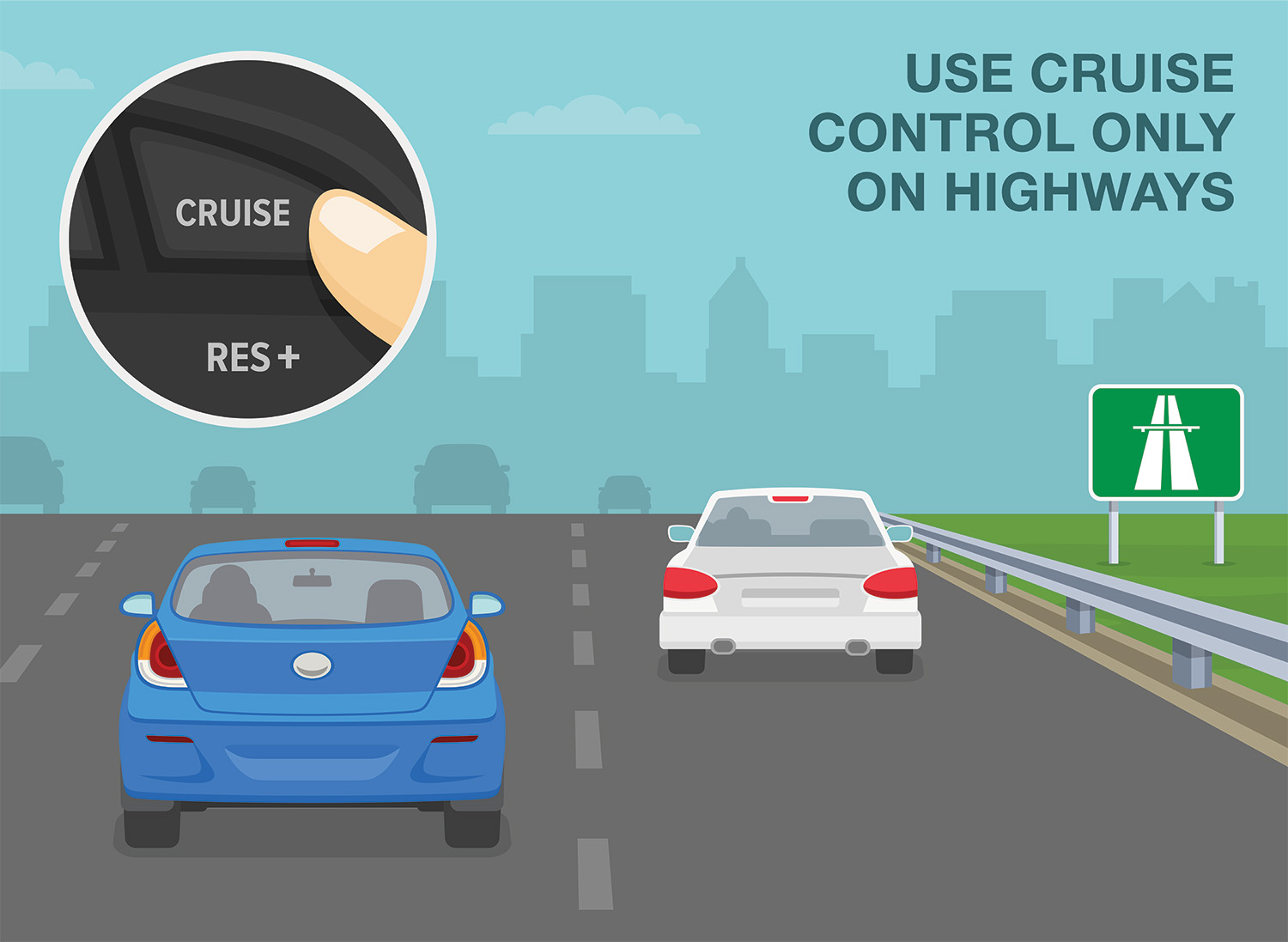When it comes to long-distance driving, cruise control is a feature that offers numerous benefits. This handy tool allows you to maintain a constant speed, reducing driver fatigue and improving overall vehicle efficiency.
Key Benefits of Using Cruise Control
Primarily, cruise control helps manage your speed. This not only aids in avoiding speeding tickets but also plays a significant role in fuel conservation. Studies indicate that using this can save up to 10% on fuel consumption.
Moreover, it offers effortless control, making long trips less tiring for the driver. By taking your foot off the gas pedal, you can focus more on steering and road awareness, enhancing overall safety.
Using Cruise Control: A Step-by-Step Guide
Operating cruise control is usually straightforward. Most systems have designated buttons for setting, increasing, and decreasing the speed. Always refer to your vehicle’s manual for specific instructions. Remember this is best used on open highways and should be avoided in heavy traffic or unfavorable weather conditions.
Preparing Your Vehicle for Long Journeys
Before embarking on a long journey, perform basic maintenance checks. Ensure your tire pressure is optimal and your oil levels are sufficient. Regularly inspect your brakes, lights, wipers, and other essential components. Addressing any issues beforehand can prevent unexpected breakdowns and accidents.
The Importance of Regular Vehicle Maintenance
Regular vehicle upkeep is crucial for safe driving. According to the National Highway Traffic Safety Administration, poorly maintained vehicles are a significant contributor to road accidents. A well-maintained car performs better, lasts longer, and ensures a safer journey.
In conclusion, using cruise control effectively and maintaining your vehicle can make long-distance driving a smoother, safer experience. So, before hitting the open road, set your speed, check your vehicle, and enjoy the ride.





